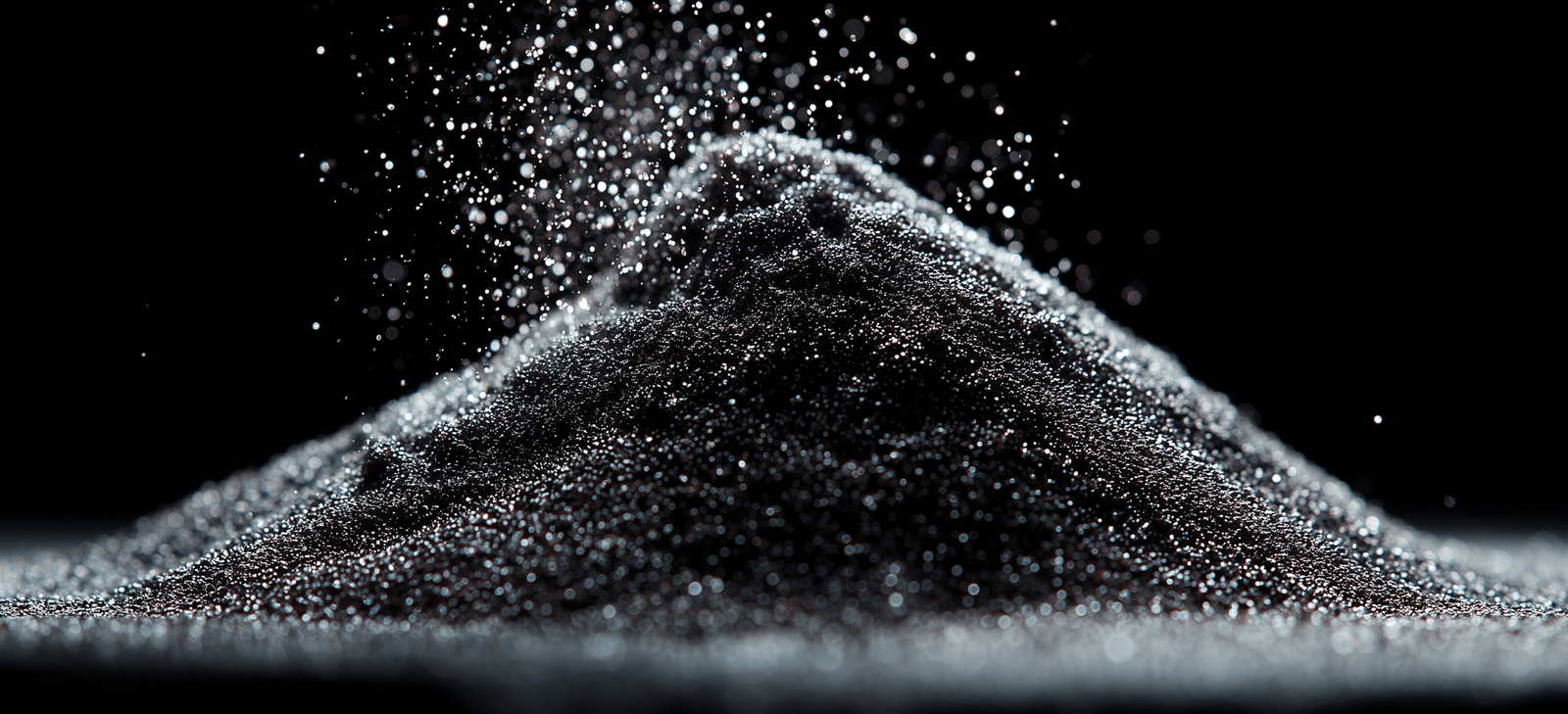Behind every high-performance lithium-ion battery (LIB) is a carefully engineered anode made of carbon. But how exactly is this material produced — and what role do petroleum byproducts play in its journey from raw feedstock to finished anode?
This post takes you behind the scenes of the anode production process, spotlighting key materials like calcined…





